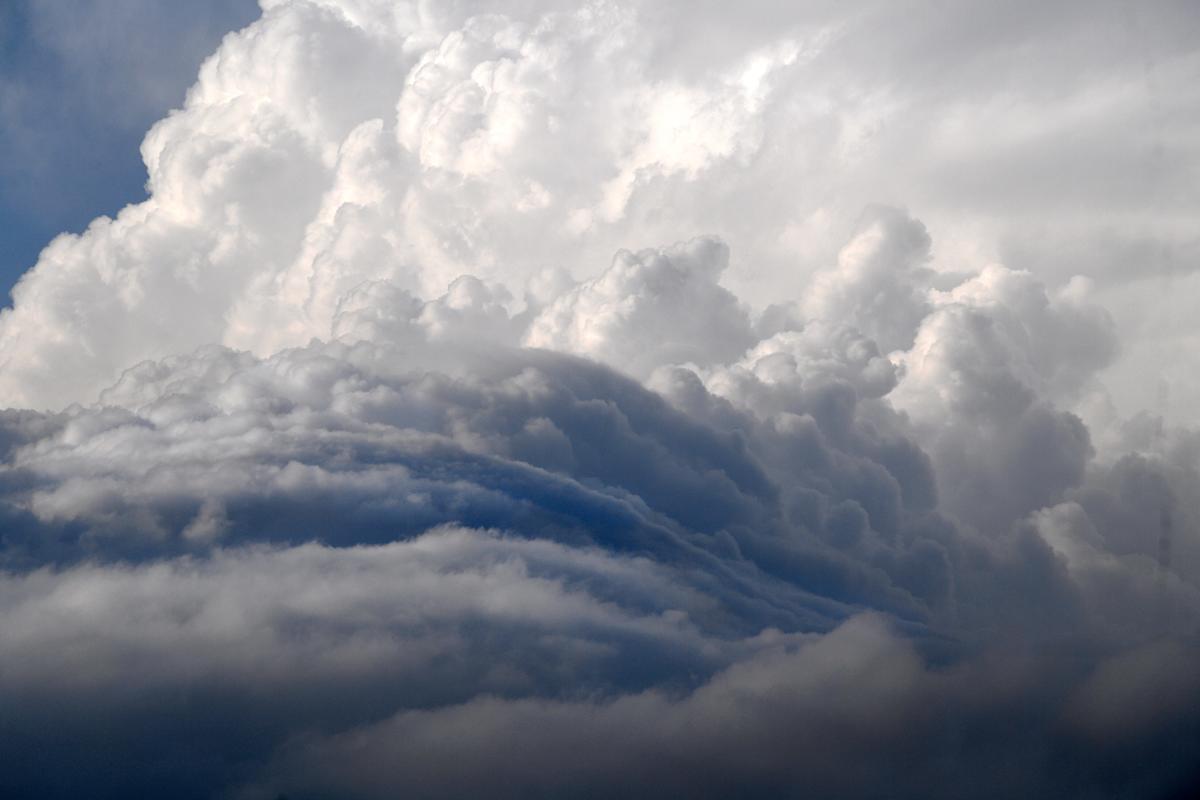When it comes to extreme weather, timing is everything. Just as September is the peak of the Atlantic hurricane season, February marks the height of winter storm activity across the United States. This is when some of the most powerful snowstorms, ice events, and Arctic blasts strike, disrupting travel, causing power outages, and posing serious risks to life and property.
Understanding why February is so critical for winter storms—and how it compares to hurricane season—can help people better prepare for these dangerous weather events.
Why February Is the Peak of Winter Storm Season
Several key factors make February the most active month for winter storms in the U.S.:
1. Clash of Arctic and Tropical Air Masses
Winter storms thrive on the collision between bitterly cold Arctic air and moisture-laden systems from the Gulf of Mexico or Pacific Ocean. By February, the polar vortex—a swirling mass of frigid air around the North Pole—often weakens, allowing Arctic air to plunge deep into the U.S. Meanwhile, warmer, wetter air from the south provides the fuel for heavy snow, freezing rain, and sleet.
2. Peak Snowfall and Ice Accumulation
Historical data from the National Oceanic and Atmospheric Administration (NOAA) shows that February has the highest frequency of major snowstorms in the Northeast, Midwest, and even parts of the South. Iconic blizzards like the “Snowmageddon” storm of 2010 and the 2021 Texas freeze occurred in February, showcasing the month’s potential for extreme winter weather.
3. Longer Nights and Persistent Cold
With shorter daylight hours and consistently low temperatures, snow and ice are more likely to stick around rather than melt, leading to prolonged hazardous conditions.
Comparing February Winter Storms to September Hurricanes
Just as February is the peak of winter storms, September is the most active month for Atlantic hurricanes. The similarities between the two are striking:
| Factor | February Winter Storms | September Hurricanes |
|---|---|---|
| Peak Activity | Highest frequency of major snow/ice storms | Most hurricanes and major hurricanes (Category 3+) |
| Key Drivers | Arctic air clashes with Gulf moisture | Warm ocean temps + low wind shear |
| Historic Examples | 2021 Texas freeze, 1993 “Storm of the Century” | Hurricane Katrina (2005), Hurricane Ian (2022) |
| Regions Most Affected | Northeast, Midwest, South | Gulf Coast, Southeast, Eastern Seaboard |
Both weather phenomena reach their peak due to optimal atmospheric conditions—whether it’s the perfect temperature contrast for winter storms or the hottest ocean waters fueling hurricanes.
Most Devastating February Winter Storms in US History
Several historic storms highlight February’s destructive potential:
1. The Great Blizzard of 1978 (Feb 5-7)
- Impact: Paralyzed the Northeast and Midwest with 40+ inches of snow and hurricane-force winds.
- Casualties: Over 100 deaths, thousands stranded.
2. The 2021 Texas Winter Storm (Feb 10-20)
- Impact: Brought record-breaking cold, widespread power outages, and burst pipes across Texas.
- Casualties: At least 246 deaths and $195 billion in damages.
3. The “Storm of the Century” (March 1993, but peaked in late Feb)
- Impact: A massive cyclone that buried the East Coast in snow, with 60 deaths and $6 billion in damages.
How to Prepare for February Winter Storms
Since February is the most dangerous month for winter storms, preparation is crucial:
✅ Stock Emergency Supplies: Food, water, flashlights, batteries, and blankets.
✅ Winterize Your Home: Insulate pipes, check heating systems, and seal drafts.
✅ Have a Communication Plan: Ensure family members know what to do in a power outage.
✅ Monitor Weather Alerts: Follow NOAA and local forecasts for storm updates.
Conclusion: Respect February’s Winter Storm Threat
Just as September demands vigilance for hurricanes, February requires preparedness for winter storms. With the right knowledge and precautions, individuals and communities can mitigate risks and stay safe during this peak winter weather month.




